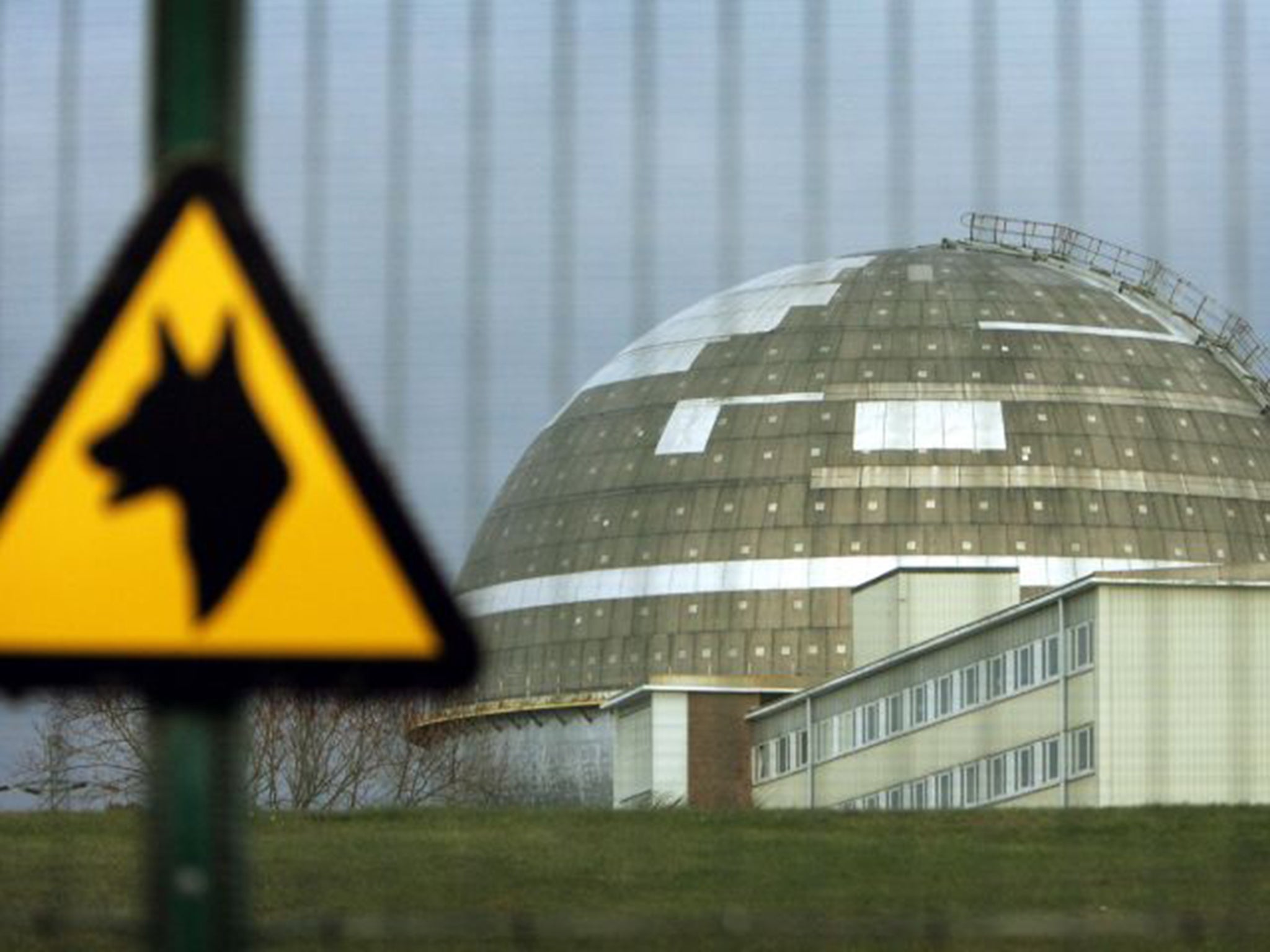Mark Leftly: The shambles surrounding Sellafield clean-up continues
Parliamentary Business: Why is a discredited consortium being allowed to continue managing one of the world's deadliest sites?

Nearly a quarter of a century ago, four sinister animatronic mannequins were plonked on the stage of Manchester’s G-Mex centre. Resembling the members of Kraftwerk, they moved their arms and heads painfully slowly to the repetitive, automated beats of the German electronic pop pioneers’ alleged classic, “The Robots”.
Also on show at Greenpeace’s Stop Sellafield concert in the summer of 1992 were Public Enemy and Big Audio Dynamite II. Inevitably, U2 was the headline act. For a mere £12.99, plus delivery, you can get a copy of the gig from Amazon – though you might need to fork out for a video recorder to watch the second-hand VHS tape.
These musical do-gooders were sickened by the scarred history of this cramped nuclear reprocessing facility near the village of Seascale in Cumbria. This started with the 1957 Windscale fire that saw radioactive contamination spread across northern Europe and is believed to have been the cause of more than 200 cancers in the UK.
By the time Bono took to the stage, there had been radioactive leaks, reports of staff exposed to radiation, and, it is now known, body parts of 76 dead nuclear workers taken for testing without their families’ permission.
That concert 23 years ago was essentially a demand for Sellafield to shut down and, as the Amazon blurb puts it, “publicise the environmental havoc being wreaked” there.
On Wednesday, those now responsible for Sellafield face a similarly hostile group of angry limelight lovers, the MPs that make up the Public Accounts Committee. They are furious over events from the past decade, and have summoned the likes of John Clarke, the Nuclear Decommissioning Authority (NDA) chief executive, Stephen Lovegrove, Permanent Secretary for the Department of Energy and Climate Change, and Paul Foster, Sellafield Ltd managing director, for a nasty grilling.
Since 2005, Sellafield has been arguably the world’s most hazardous decontamination site, an £80bn-plus clean-up job that will take at least a century to complete. Workers and managers alike face a daily struggle with the horrendously complicated logistics of detoxifying more than 250 buildings in a mere two square mile site.
There has to be some sympathy for those overseeing the task, even the Nuclear Management Partners consortium that was recently booted off the job following concerns over the business model and the group’s performance. NMP comprises US engineering group URS, France’s Areva, and FTSE-250 group Amec, a heavyweight line-up that has nevertheless struggled to get projects finished on schedule or to budget.
Whatever the enormous difficulties, though, Sellafield’s history and the many remaining potential dangers to the public mean the country cannot afford even the slightest oversight. A National Audit Office report last week made the headlines for finding a £5bn increase in clean-up costs, but buried on page 17 was a rather alarming finding from 2014-15: “One milestone – the appointment of a director in charge of security – was missed but this post has now been filled.”
Sellafield’s many opponents are furious. David Lowry, the campaigning independent research consultant on nuclear issues, said the news “beggars belief”. He has written to Margaret Hodge, the PAC chair, demanding she gets answers on why such a key post was left unfilled.
I’m told the appointment had been filled by the date set by the NDA, but there was a four-month delay getting the person in post, including time soaked up by the vetting process. In the meantime, there was an interim director and a dedicated team, so there were no security gaps.
Sometimes you have to accept waiting to get the best possible person in post; but the delay only adds to the sense of disarray that surrounds so delicate a project.
Most importantly, NMP lost the job on the NDA’s recommendation barely 12 months after nuclear experts and local politicians were stunned the group had been given a five-year extension to its contract. In a review of the site in 2013, KPMG was highly critical of a convoluted ownership structure that saw NMP oversee the work of site licensee Sellafield Ltd as a “parent body organisation”.
Thankfully, at the end of last year the energy department listened to the nuclear regulator and Mr Clarke in particular, who advised they all risked losing “credibility” if they kept going with NMP. Sellafield Ltd, and therefore more than 10,000 workers, will now be transferred to the NDA.
But there are still questions that those involved in this chaotic clean-up must answer. As a help to the MPs, here are three areas that need probing:
Is it true that Mr Clarke was against NMP’s contract extension but was overruled? If so, by whom? Why not take the advice of Britain’s top nuclear regulator?
NMP’s performance was said to have improved in 2014. If so, why was NMP sacked then and not the previous year?
NMP has lost its job, but the transfer of responsibilities will take over a year. Workers have lost faith in the consortium. Why is a discredited consortium being allowed to continue managing one of the world’s deadliest sites for such a long period of time?
It’s high time the public was fully informed of the problems Sellafield faces. If not, we risk a 25th anniversary Stop Sellafield concert to publicise its continued failures – and, surely, no one wants that.
Subscribe to Independent Premium to bookmark this article
Want to bookmark your favourite articles and stories to read or reference later? Start your Independent Premium subscription today.

Join our commenting forum
Join thought-provoking conversations, follow other Independent readers and see their replies